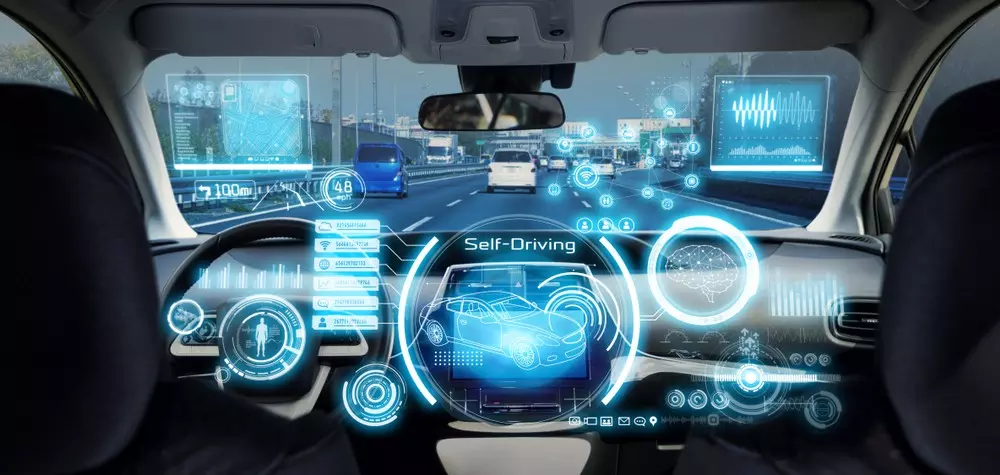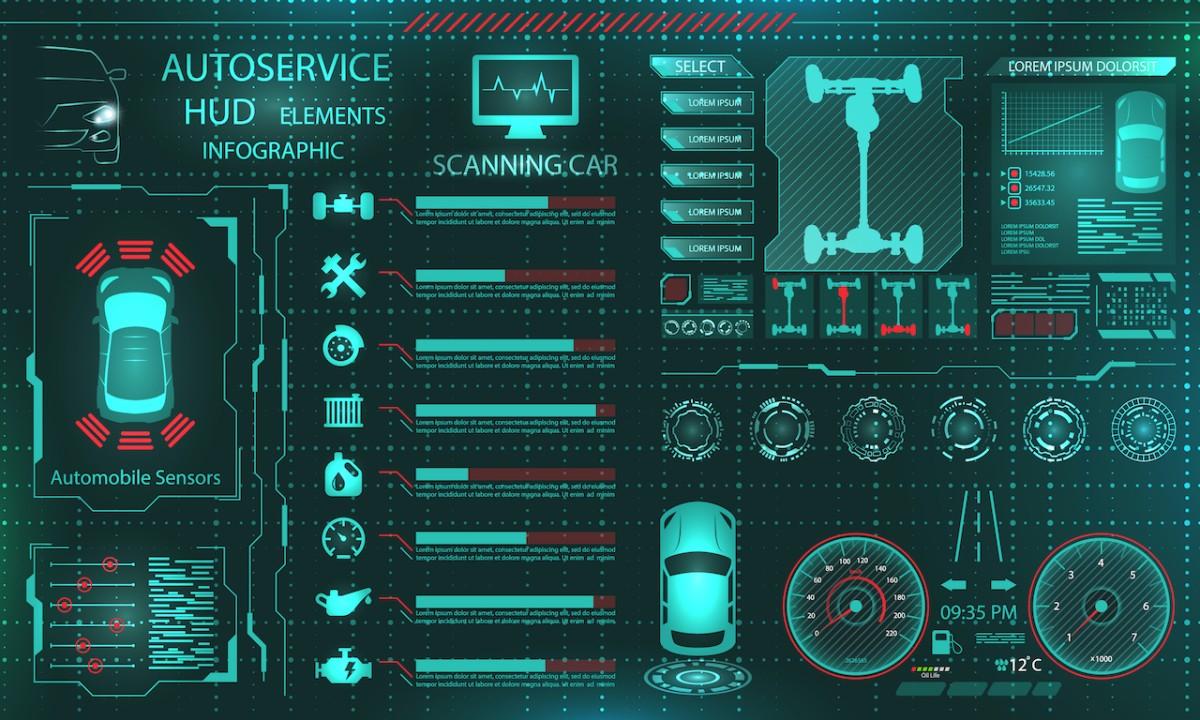OTHER
Technical Challenges in Autonomous Vehicle Development

Autonomous vehicles, colloquially known as self-driving cars, represent a paradigm shift in transportation technology.
The journey toward full autonomy is fraught with complex technical challenges. Here are the main obstacles that autonomous vehicle engineers, researchers, and developers must overcome.
1. Sensor Fusion and Perception

-
Sensor Variety: Autonomous vehicles use a mix of sensors like LiDAR (Light Detection and Ranging), radar, cameras, and ultrasonic sensors. These sensors provide different types of data, and integrating this diverse data is a complex task.
-
Real-time Processing: Processing this data in real-time is challenging. The vehicle must continuously interpret and understand its surroundings, identifying objects, obstacles, and other vehicles accurately.
2. The Processing and Complexity of Machine Learning Algorithms
-
Data Collection and Labeling: Developing machine learning algorithms requires extensive datasets, often collected by driving millions of miles. Labeling the data to teach the algorithms is a resource-intensive process.
-
Complexity: Training deep neural networks that can recognize various objects and make intelligent decisions is a complex task. Fine-tuning these models for various conditions and environments is a technical challenge.
3. Edge Case Handling
-
Unpredictable Scenarios: Edge cases encompass scenarios not commonly encountered, like sudden construction, extreme weather, or unique traffic conditions. Developing algorithms to handle these scenarios and make safe decisions in real-time is a major technical hurdle.
4. Connectivity and V2X Communication
-
Low Latency: Vehicle-to-Everything (V2X) communication systems must maintain low latency to enable real-time cooperation between vehicles and infrastructure. Achieving low-latency communication under varying conditions is technically complex.
-
Security: Ensuring secure communication is vital to protect against cyberattacks and to prevent malicious interference with autonomous vehicles.
5. High-Definition Mapping

-
Data Collection: Creating and maintaining high-definition maps require fleets of mapping vehicles equipped with advanced sensors. Collecting and processing this data is a massive technical undertaking.
-
Dynamic Updates: Ensuring that maps remain accurate and up-to-date in a dynamic environment, with changing road conditions and construction, is technically challenging.
6. Redundancy and Fail-Safe Systems
-
Redundant Components: Autonomous vehicles need backup systems for critical functions. Achieving redundancy while maintaining cost-efficiency and minimizing weight is a technical challenge.
-
Safe Handover: Implementing mechanisms to safely hand control back to a human driver in case of system failures or emergency situations is complex, ensuring smooth transitions between human and autonomous control.
7. Environmental Challenges
-
Adaptive Systems: Designing systems that can adapt to a wide range of environmental conditions, from urban streets to off-road environments, involves extensive testing and calibration.
-
Sensor Limitations: Dealing with sensor limitations in adverse weather conditions, such as heavy rain, fog, or snow, requires advanced sensor technology and complex data processing.
8. Cybersecurity Issues
-
Secure Communication: Protecting vehicle communication systems from cyberattacks involves implementing strong encryption and security protocols to safeguard data and control mechanisms.
-
Software Security: Ensuring that the vehicle’s software is resistant to hacking and tampering is a critical task, involving regular security updates and patches.
9. Computational Power
10. Verification and Validation Problems

-
Testing and Simulation: Designing comprehensive testing and simulation environments to validate autonomous systems under various scenarios is a complex task. Real-world testing is limited by time, cost, and safety concerns.
-
Regulatory Compliance: Autonomous vehicles must meet stringent safety standards. Demonstrating compliance with these standards through testing and validation is a continuous and challenging process.
In navigating these technical challenges, the development of autonomous vehicles requires interdisciplinary collaboration among experts in robotics, artificial intelligence, computer science, electrical engineering, and more. Additionally, continuous research and innovation are necessary to overcome these complex obstacles and bring safe and reliable autonomous vehicles to our roads.

















